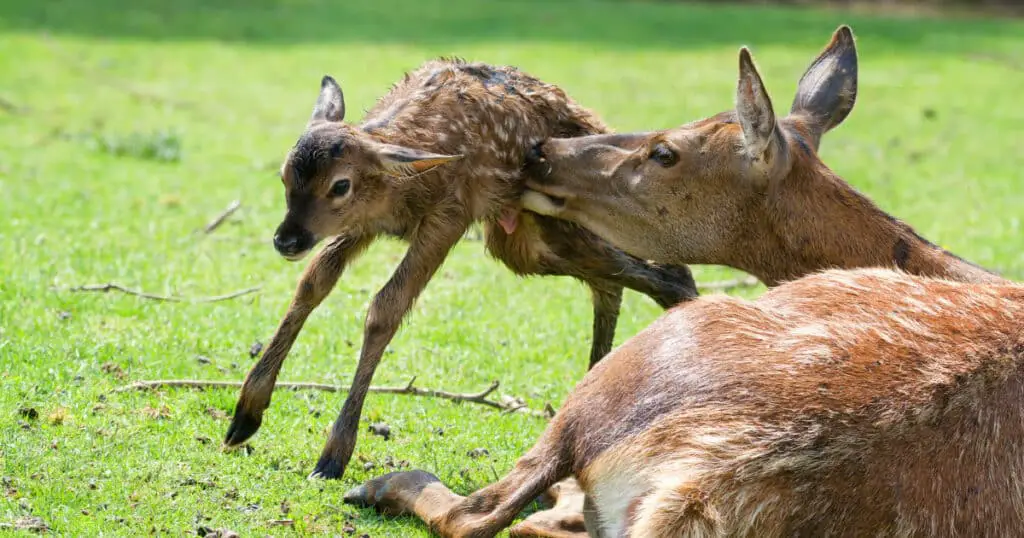There are over 90 different species in the deer family (Cervidae) located across all regions of the world. There will be some variation in the local deer population depending on your area. However, there are many similarities and consistencies about when deer give birth each year.
Despite the differences across species, different deer species share many similarities because they’re so closely related to each other.
Among these similarities are their reproduction and breeding cycles. Today we’ll share some information on these topics and answer the question: “When do deer give birth?” for a few of the most common types of deer.
In Brief: When do Deer Give Birth?
Table of Contents
Toggle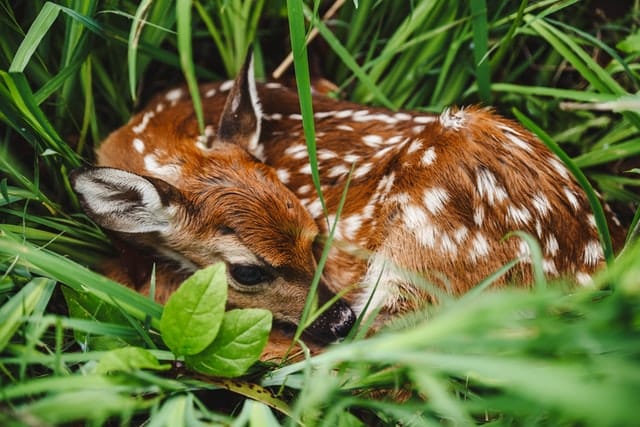
Most deer species give birth in the spring as the entire mating and reproductive cycle is timed to match the weather and seasonal changes. During late summer and early fall bucks finish growing their antlers and compete for breeding rights, and the does begin their estrus as days get shorter and cooler. Delivering fawns in spring provides ample food and cover to improve their chance of survival.
Deer Are Seasonal Breeders
Most deer are seasonal breeders, which means they time their mating and birth cycles each year. The exception is some deer species which reside in the tropics, where daylight and temperature rarely change.
For all other types of deer, everything about the mating season is timed to perfection. In fact, breeding in deer starts long before the buck (male) and doe (female) ever come into contact.
Males engage in the rut where they will compete, sometimes violently, for dominance. The rut helps decide which males will have mating access to females that year.
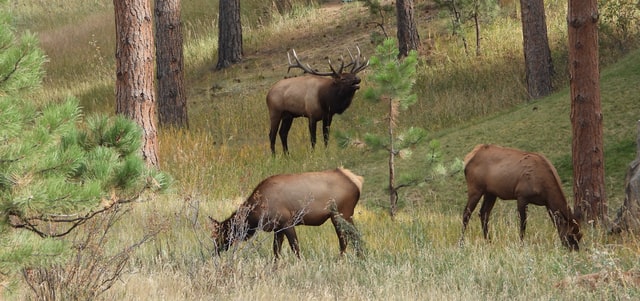
Most deer species will complete mating rituals and breeding through late summer and early fall. October and November are the most common months for mating across deer species.
That said, some species will breed earlier in summer and others as late as December. Cervidae have relatively long gestation periods, so fawns will not be born until late in the spring the next year.
Understanding Deer Breeding Cycles
Deer respond to changing seasons. While that means dates on a calendar for us, for deer it means understanding differences in daily temperatures and, more importantly, day length.
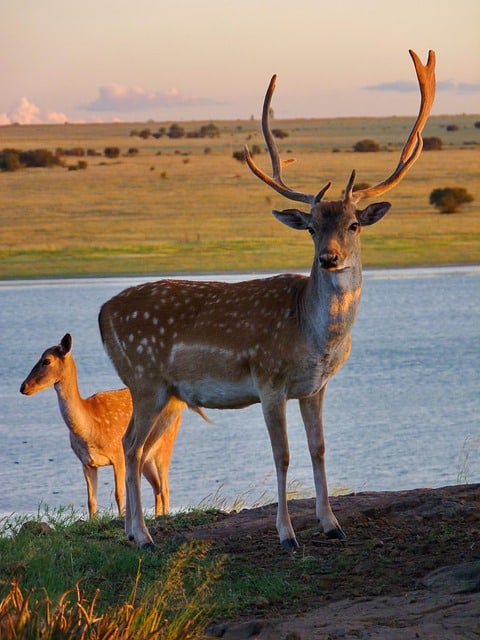
Most deer species are located in regions where seasonal changes can be extreme, so day length is an indicator of the start of the breeding season.
Deer are polyestrous following puberty (around 16 months of age), which means animals will be in heat more than once per year. Despite this, deer will only mate through specific months.
When daylight is shorter, estrus behavior starts. There are some species, such as reindeer and roe deer that will breed during the summer months (due to the colder climates in which they live), but most deer enter mating cycles during late fall, through October and November.
Birth Cycles for Deer Species
Different deer live in different regions. Knowing which species is in yoru area is important to know when deer give birth.
Whitetail Deer
White Tailed Deer will be familiar to everyone in North America and around the world. They’re one of the most widespread deer in the world. After-all, Bambi is a whitetail deer in the classic Disney movie.
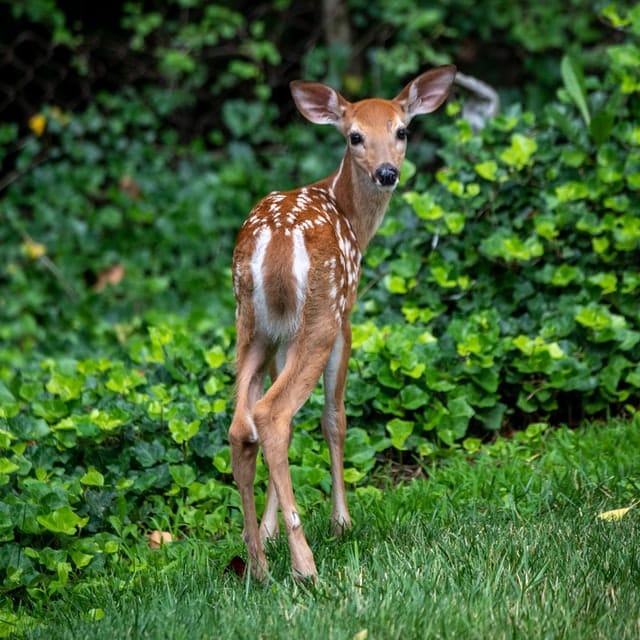
Females are ready to mate in November, although the mating season including the rut is from October to December. Following a gestation period of 200 days, the doe will birth to between one and three fawns during April, May, or June of the following year.
Mule Deer
Mule Deer follow a slightly different mating ritual to other species because the male and female spend an extended amount of time together before and after breeding. This may be several days on either side, where the two will engage in chase rituals.
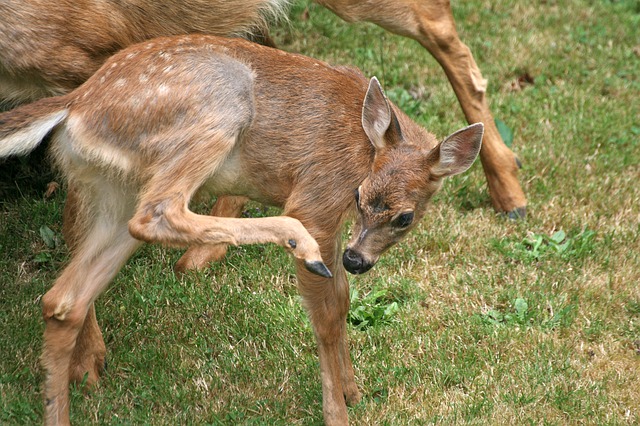
Following peak mating season in November and December, pregnant females carry their fawn for around 7 months. Mule deer give birth during the early summer. First-time mule deer mothers birth a single fawn but will often produce twins in following years.
Red Deer
Another hugely common species, the Red Deer (known as the Elk or Wapiti in North America) are found in Europe, Africa, Asia, and parts of the Americas. They face different seasonal changes.
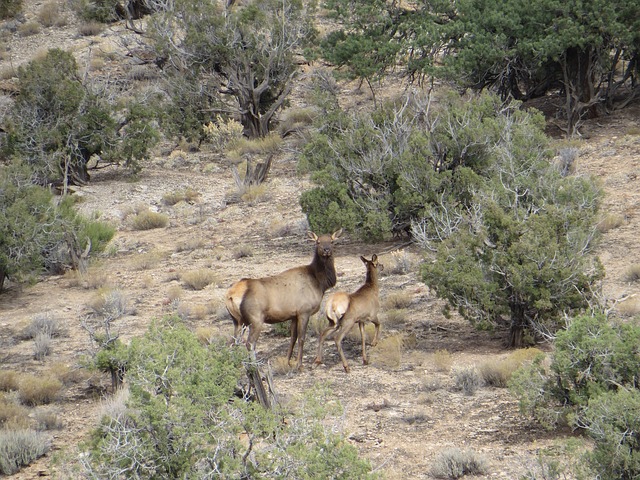
Red deer are unique because males do not engage in antler combat with each other and instead use low roars to compete for females.
Following a late autumn breeding cycle, female red deer give birth to between one and three fawns during late spring (May and June) the following year.
Reindeer
Reindeer which are also called caribou in some parts of the world are perhaps the most unique deer species for a variety of reasons.
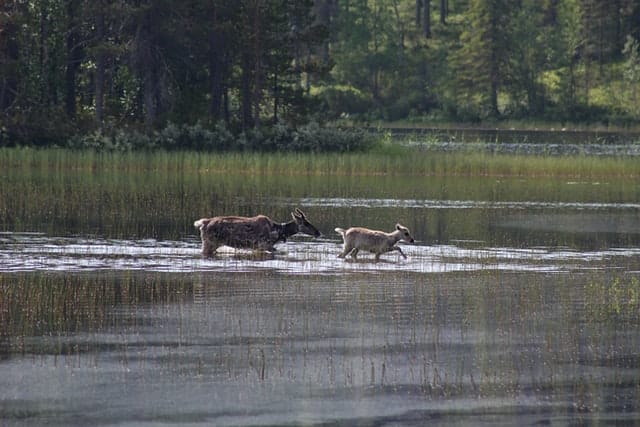
In terms of breeding, these animals face some specific challenges because of their location in the Arctic. Polar regions present different seasonal changes, which is why reindeer typically enter the mating season as early as late August while it is still summer.
That said, September is the usual start of breeding, which lasts for 4 weeks. Following a seven month gestation period, reindeer doe will give birth to fawns from early April to June.
Roe Deer
Like Reindeer, the European Roe Deer have a slightly adjusted mating season. They start mating in mid-August, which is the height of summer in their European ranges.
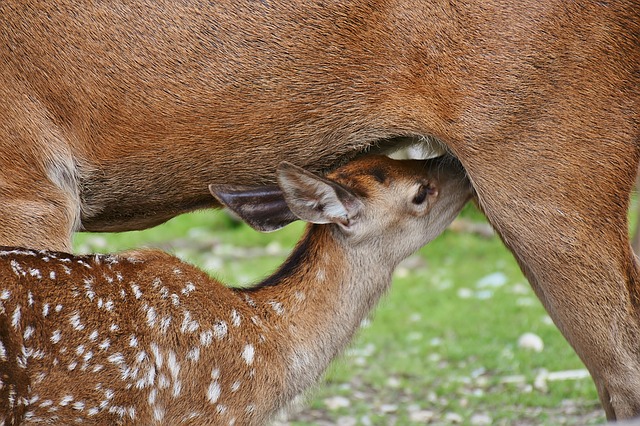
That said, this species has a unique physiology. The female ovum or egg won’t fertilize until months after mating, usually between October and early January. This way they avoid winter births.
Roe deer give birth during May and June, with 1-3 fawns born to each pregnant female.
Fallow Deer
Fallow deer are widespread across the United States, Europe, and Asia. Mating season for fallow deer lasts from September to November. Breeding typically occurs during October.
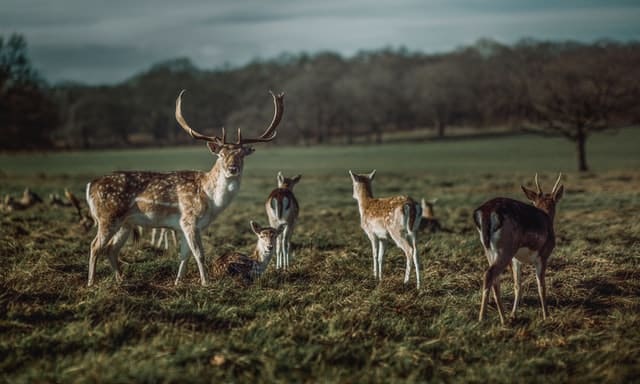
Female fallow deer have a gestation period of seven and a half months. Fawning season for this species starts in late May, though fawns may be born through June. Fallow deer usually give birth to a single fawn, but twins are not uncommon.

